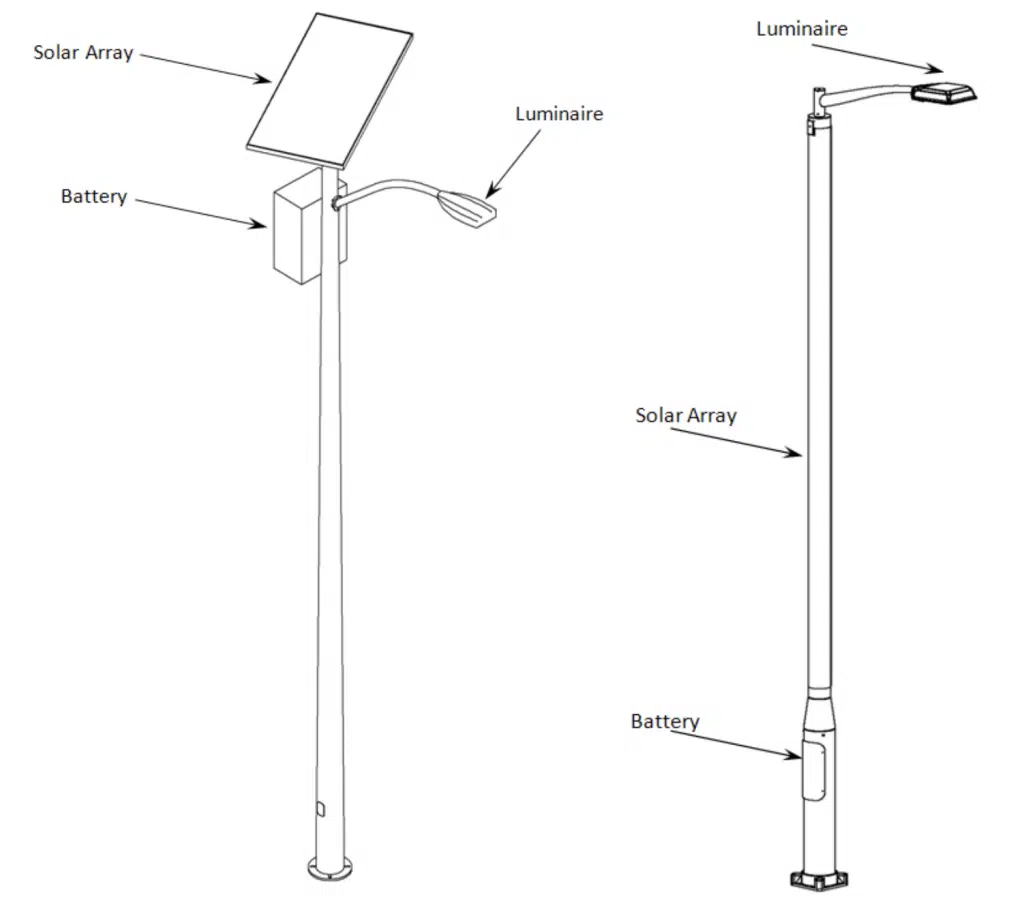Consortium For Solar Lighting
Recommend Reading:
- Subaru ea190v pressure washer
- Troubleshooting Ryobi pressure washer
- Pressure washer stalls under load
- Dewalt 3400 psi pressure washer manual
- Greenworks 1600 psi pressure washer
About The Consortium for Solar Lighting
Our mission is to accelerate the adoption of reliable solar lighting technology through the development of universal specifications intended to support customers’ fair and comprehensive evaluation of commercial-scale lighting systems. We will accomplish this by releasing a series of Recommended Practices in which important design and performance criteria are comprehensively addressed. In the process, we expect that these recommendations and specifications will foster awareness of solar powered lighting and the applications where it is a viable alternative to conventional grid-connected lighting technology.
New Category of Lighting
In recent years, Solar Lighting has emerged as a new category of outdoor lighting. Solar Lighting runs independent from the electric grid by collecting energy from the sun during the day to power lights at night. These systems typically include of a solar array for energy collection, a battery bank for energy storage, and a luminaire as an energy load. Solar lighting systems are used for a range of applications including lighting for roadways, parking lots, pathways, shelters and signs.
Lack of Guidelines or Standards
At present, there are no performance or safety standards or guidelines that specifically and comprehensively address the requirements for solar lighting. While there are standards that address good lighting practices (e.g. IESNA) and safety of conventional lighting systems and components (e.g. NEC, UL)none cover long-term performance and safety of commercial solar lighting systems directly. The purpose of these recommended practices is to sift through and pull together information on best practices from the array of existing standards. And, where existing standards are silent on important topics, we will add new information and recommendations.
System Sizing
One notable area where existing standards are silent is on the effective sizing of solar lighting systems. Sizing a solar light is the process of selecting and configuring the solar array, the charging circuit, the battery bank, the luminaire and the lighting profile to produce a system that will operate reliably 365 days a year. The goal of system sizing is to ensure that the energy input to the system is always greater than the energy output and that sufficient energy is held in reserve to run the light through adverse conditions.
The Consortium for Solar Lighting believes it can make an immediate impact by recommending guidelines for correctly sizing a solar lighting system. The Consortium for Solar Lighting’s 1st edition of Recommended Practices: System Sizing will be available to members in Fall 2011 . System specifiers seeking a comprehensive source with which to build effective specifications for their customers are strongly encouraged to become an affiliate member and use the document to its fullest. Given the interest in the CSL and its mission, these guidelines are destined to become the definitive system sizing guide for solar lighting systems.
Overview Of A Solar Lighting System
Typical System
There are many possible configurations for solar lights. The Consortium for Solar Lighting will focus on pole mounted systems, the kind typically used for roadways, pathways, parking lots, and other overhead lighting. Figure 1 shows two typical systems and illustrates the major components: the solar array, the luminaire, and the battery.

How it Works
During the day, the solar array collects energy to charge the battery. At night the luminaire removes energy from the battery. The battery holds enough energy in reserve to ensure the lights can operate even under adverse conditions. Correctly sizing a solar lighting system requires that you understand all of the factors affecting the energy input, energy output, and energy reserve.

System Sizing
In order for a solar lighting system to reliably operate year-round, there must always be enough energy stored in the batteries to operate the luminaire. Therefore, the solar array (energy input), the luminaire (energy output) and the batteries (energy reserve) must all be carefully designed to ensure that the system will operate for the given location in which it is installed. There is much to be considered when sizing a solar lighting system, and the CSL’s System Sizing guide will provide a detailed analysis of the process.
The market for Solar Powered Lighting will be healthiest when customers can buy products easily and be confident that the products will work. We hope that the Consortium for Solar Lighting’s Recommended Practices: System Sizing will serve as a comprehensive guide to sizing solar lighting systems and will ensure that reliable products are easily identifiable in the market place. We hope that system specifiers will find this guide helpful and will use the information when specifying solar powered lighting.
Please see consortiumforsolarlighting.com or email: [email protected] for more details.
